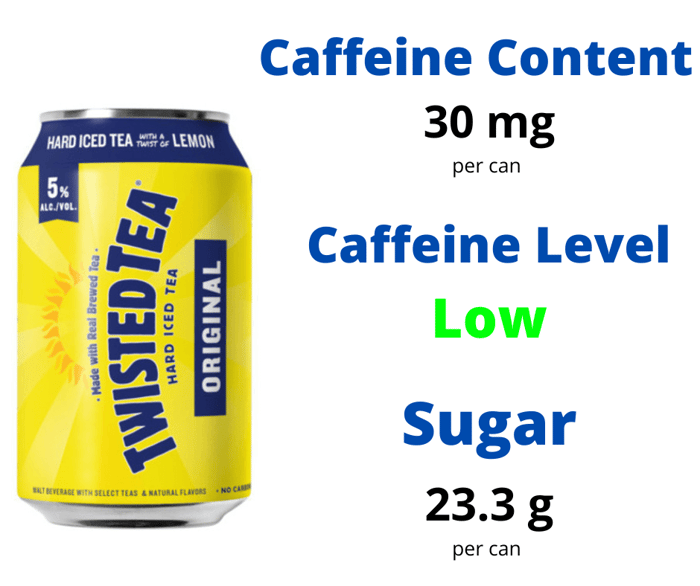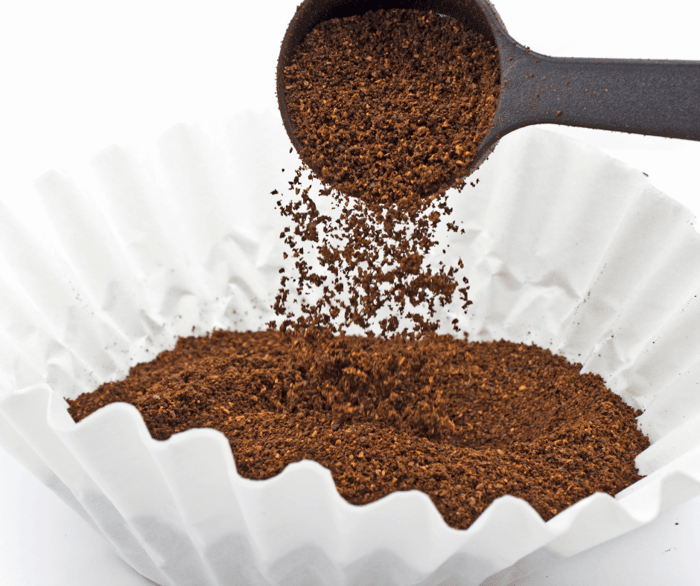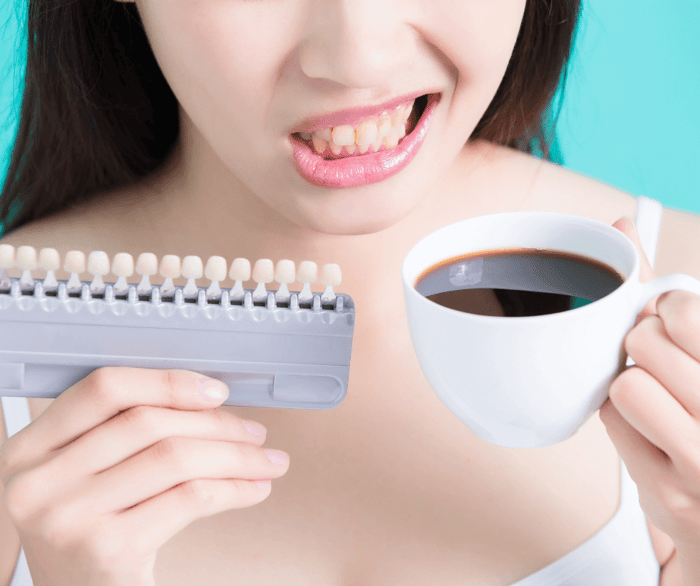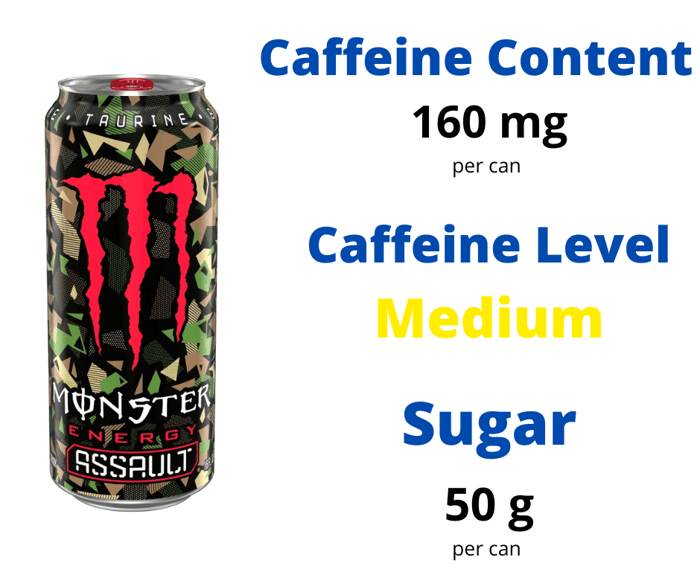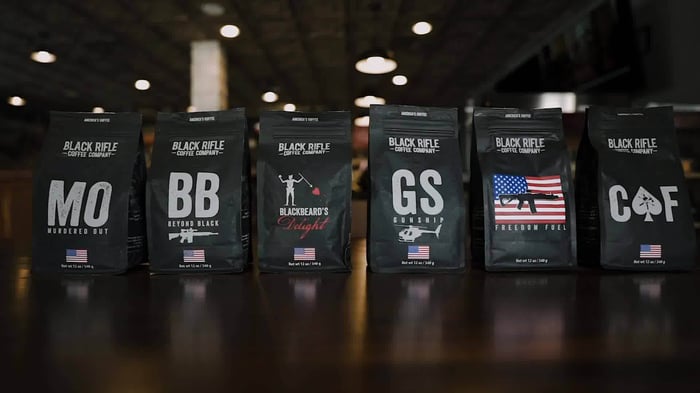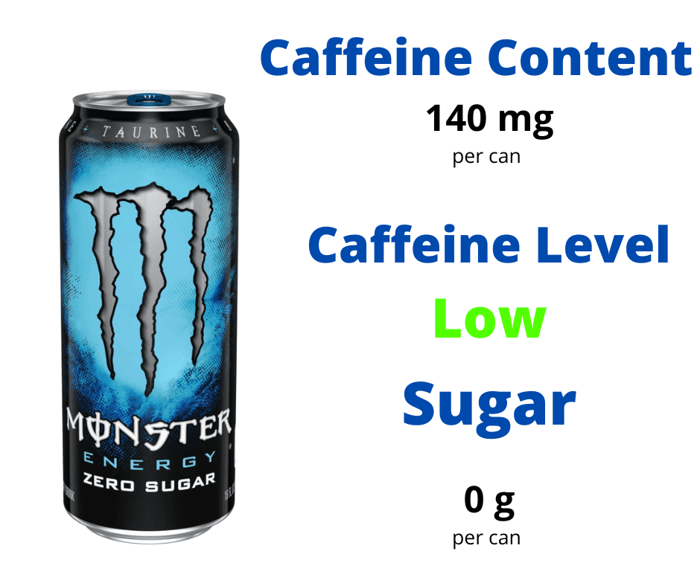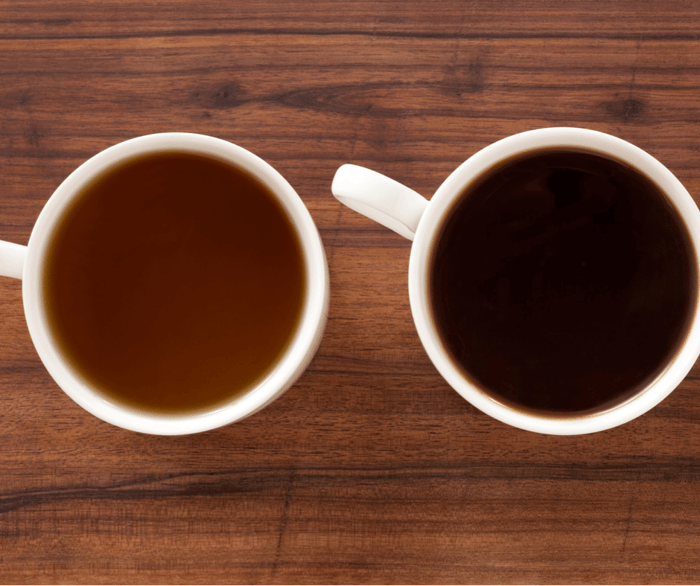For many Americans a cup of coffee is a must have part of a morning routine. Whether heading to work, the gym or staying home dealing with screaming kids, a day without coffee just doesn't seem possible.
While there are many who drink coffee for the flavor the biggest reason for the popularity is coffee contains caffeine, a gentle but powerful stimulant. When consumed at safe levels caffeine can provide a long lasting boost of energy.
On the flip side too much caffeine can have negative side effects and we've found due to poor labeling, information and misleading advertising most coffee drinkers do not actually know how much caffeine they are consuming.
So we decided its time to clear the air, or the coffee pot. Below is an in depth guide for caffeine in coffee. We've also created a whole section on our page dedicated to providing caffeine content in various drinks.
The Health Benefits of Caffeine
According to John's Hopkins there are also several health benefits tied to consuming moderate amounts of caffeine. Consuming between one and three cups of coffee has been shown to lower the risk of Parkinson's disease, reduce the risk of developing type 2 diabetes and even lower the risk of heart failure.
To add to these benefits caffeine may help with weight loss, help improve liver function and of course provide you with more energy.
How Much Caffeine Is in a Cup of Coffee?
This is where things become confusing. When you see advertisements for caffeine content in coffee they are often referencing an 8-ounce cup of coffee. lets be honest, its 2022. Americans are not drinking tiny 8-ounce cups of coffee these days.
The vast majority of coffee mugs in American homes are between 11 and 15 ounces.
So next time you near that coffee has only 90mg of caffeine per cup, make sure to ask what size cup they are referencing. The reality is a standard "cup of coffee" will have between 80 and 200 mg of caffeine in it.
Aside from from cup size, the wide range of caffeine will also depend on factors such as:
- The roast (this is only slightly relevant and partially a myth)
- Type of coffee beans used
- Brewing technique (drip, Keurig K-Cups, percolated, French press)
- Type of grind you use when brewing (fine or coarse ground)
- The total amount of coffee grounds used
So now that you know what the various factors are effecting your total caffeine, lets take an in depth look.
The Type of Coffee Bean You Use When Brewing
The two types of coffee beans popular in American coffee bags are Arabica and Robusta beans. While Arabica is the bean of choice for most brands due to its smoother and slightly sweet flavor it also has far less caffeine compared to Robusta Beans. On average and depending on the bean quality, Robusta can have between 2 and 4 times more caffeine than Arabica.
The Brewing Method Used

The style of brewing used will also have a direct impact on the total caffeine extracted. Immersion style brewing like French Presses will produce less caffeine.
While you would think coffee grounds sitting in water would extract a lot of caffeine the lower result is due to the coarser grind used to prevent coffee grounds from entering your cup.
With much less surface area touching hot water the extraction will be much slower. While you could keep the grounds in longer this will often produce a bitter coffee.
Methods that slowly pour water over the grounds and use a paper filter will often produce more caffeine since the paper filters allow for a very fine grind and much more surface area.
Finally cold brew coffee will fall between French Press and Pour Over methods. Cold brew uses a coarse grind immersed in water just like a French Press. While the coffee grinds do sit for a much longer time, the cold water balances out the extraction rate causing only a moderate amount of caffeine.
Cold Brew's are often sold as a concentrate which will have a higher caffeine level until diluted with water before consuming.
Type of Roast Used in Brewing
This one is actually somewhat of a coffee urban legend. Most dark roast will have slightly less caffeine compared to light roast but this is not directly because of the roast level.
When coffee beans are roasted longer (producing a darker roast) the coffee beans will expand in size. If you measure your ground coffee beans by heaping scoops and not by weight, you will have more caffeine in a light roast due there being more actual coffee grinds in your scoop.
However if you are a true coffee home barista and measure by weight the caffeine content in your cup will be the same as dark roast. Any difference will be almost undetectable.
Serving Size Of Your Coffee Cup
Bigger cup means more caffeine right? Yes. So this one is quite simple.
The standard unit of measure for a "cup of coffee" is 8-ounces. So when you hear someone say a cup of coffee has 90mg of caffeine, they are referencing this cup size.
Now we know almost no one buys 8 ounce coffee mugs these days and your major retail chains most popular sizes are 12, 16 and 20 ounces or larger if your get a triple double Trenta or something like that at Starbucks.
Therefore most Americans are consuming at least 1.5 cups of coffee in each serving. For reference, a Venti Pike Place from Starbucks has 410 mg of caffeine in it and this is before you add you five shots.
Caffeine Content in Espresso Drinks
While Espresso and Coffee come from the exact same beans (Espresso is a roasting style and not a bean type) the high pressure and temperature of Espresso machines will produce more caffeine per ounce.
An average espresso shot is just 1-ounce and contains 60-70mg of caffeine which is almost the same as a single 8-ounce cup of coffee.
These little shots can add up quickly. Americanized espresso drinks like a Cafe Americano, which is coffee made by brewing espresso style, can have as many as four shots in it.
Other Sources Of Daily Caffeine
It is important to remember that caffeine does not just come in coffee. Throughout the day you likely will consume extra caffeine in chocolate, candy, energy drinks, soda and even over the counter pain medications like Excedrin.
We have a growing list of articles showing how much caffeine is in various drinks and other consumable items.
Caffeine in Common Coffee Drinks
Browsing the internet we compiled a generally accepted as accurate list of the actual caffeine content of the brewing methods mentioned above:
Brewing Method |
Serving Size |
Average Caffeine |
| Percolated Coffee | 8 ounce | 190 mg |
| Cold Brew Coffee | 8 ounce | 150 |
| Pour Over/Drip | 8 ounce | 130 |
| French Press | 8 ounce | 105 |
| Espresso Shot | 1 ounce | 50-60 mg |
Generally Recommended Levels of Caffeine
According to the Mayo clinic, the FDA and other research the generally considered safe levels of caffeine you can consume per day is 400mg. This is a baseline number as those with a high tolerance can consume a lot more caffeine each day while those who are sensitive will feel caffeine's effect at a much lower total.
Those with heart medications, on certain medications or pregnant will likely want to stay far below the 400 mg per day baseline.
The Potential Side Effects of Too Much Caffeine
According to WebMD, Consuming large amounts of caffeine can have many negative side effects. The level of caffeine which will cause you to begin to see these effects will vary with each person.
Some of the more moderate side effects include jitteriness, headaches, anxiety, upset stomach and insomnia. When consumed late at night caffeine has been shown to make falling asleep extremely difficult. See how late you can drink coffee.
More serious side effects of consuming too much caffeine include high blood pressure, rapid heart rates and even seizures. Unfortunately there is no set point where these side effects can happen as each person's personal tolerance will vary.
Caffeine is actually considered to be a drug, although level. It's addictive natural is classified the same as harder drugs like cocaine. While caffeine is legal and you wont have to meet some guy name Taser in an alley to get it, you should still take precaution and regulate how much caffeine you consume.
Since caffeine is an addictive drug over consuming for too long a time period will lead to an increased difficulty in cutting back. Many people will actually experience caffeine withdrawals which can be severe and almost feel like the flu.
Conclusion
As you can see there are many aspects which will effect the caffeine in a standard cup of coffee and there is no real concrete number connected to "a cup of coffee". In addition to everything we listed above there are also some brands of highly caffeinated specialty coffee like Black Insomnia Coffee which can have up to 6x more caffeine per cup.
Making sure to purchase quality coffee beans and not the discount store brand will also help ensure a consistent and reliable caffeine level.
While caffeine can do wonders in helping you navigate the hurdles of life make sure to remember to consume in moderation. This will help prevent any unwanted and nasty side effects and keep you powering through your day.
Want More Coffee Content?
- Daily Coffee Grind - Click Here
- Coffee Reviews - Click Here
- Coffee Brewing Guides - Click Here
- Coffee Brewer Reviews - Click Here
- All Things Tea - Click Here
- Know Your Caffeine Content - Click Here


